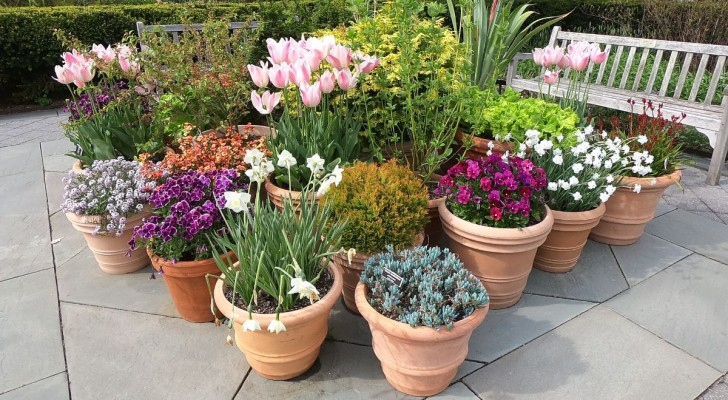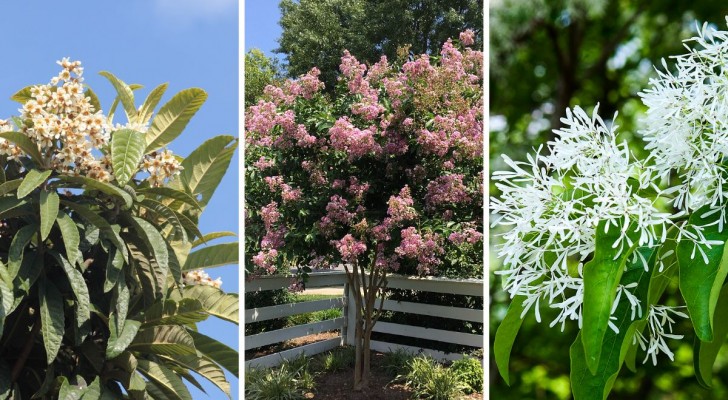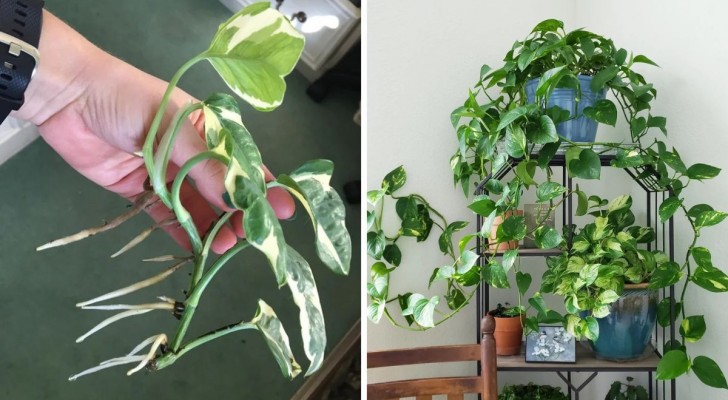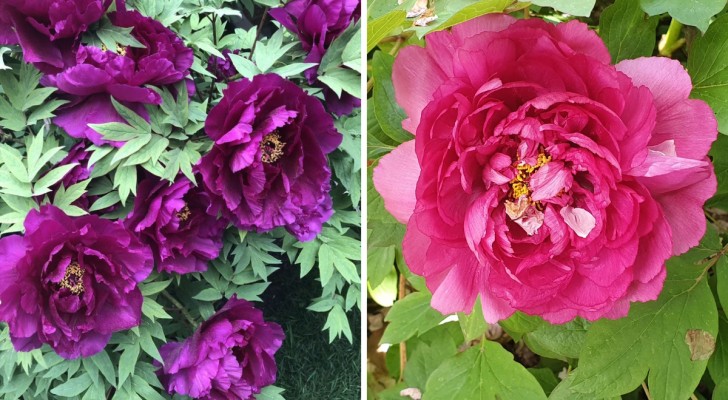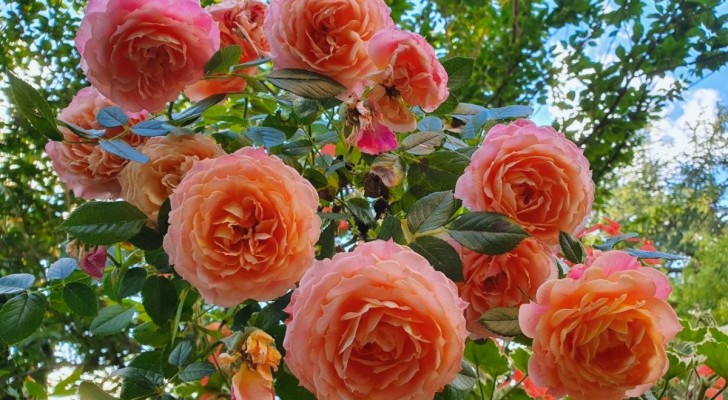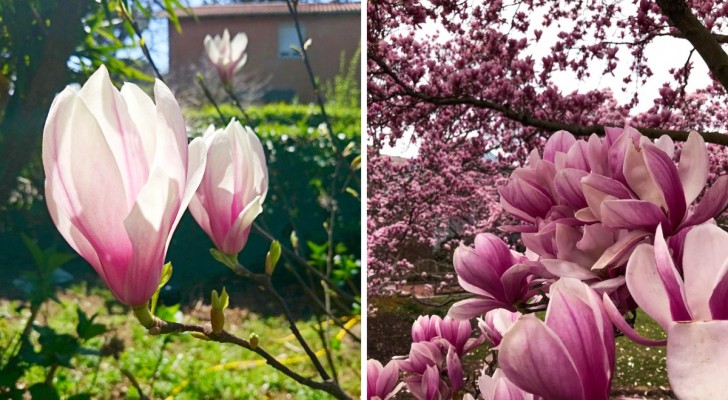Growing roses in pots: discover some useful tips to achieve sensational bushes
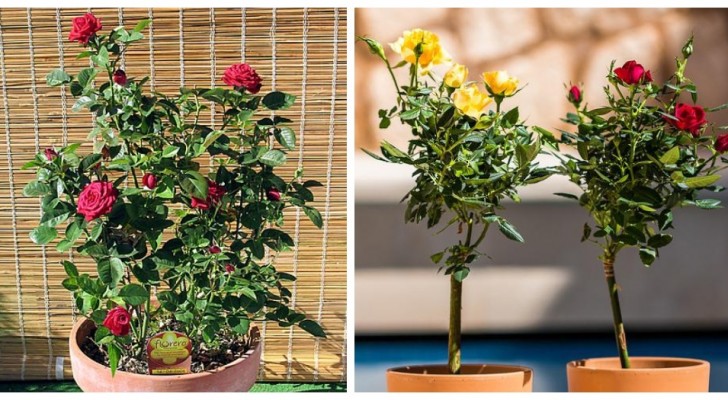
With a few exceptions when talking about plants that reach truly impressive dimensions, most roses can be grown in pots, and indeed, doing so makes it possible to enjoy flowers which are considered the "queens of the garden" in places where otherwise it would not be possible. If, in fact, you do not have a garden but only a balcony, or the garden is too small to allow space even for a flowerbed for rose plants - or the soil is completely unsuitable for their growth - then a pot is the best option for you.
As always, when a plant is grown in planters and pots - and without all the freedom guaranteed by planting in open ground - there will be a need to take a series of preparatory steps: but do not worry, these steps are completely manageable. And also consider that if you move homes, you can take your plants with you!
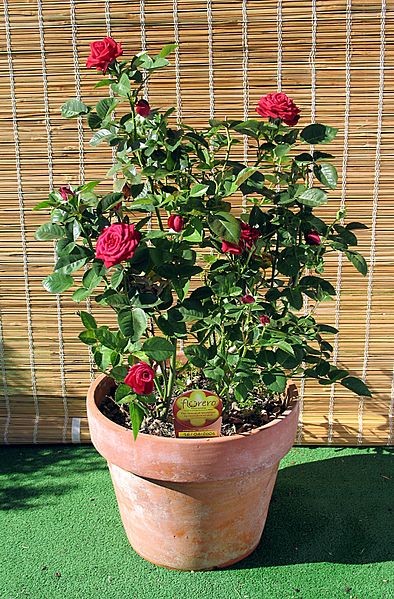
What do you need to so?
- Choose the right roses: as you might imagine, not all species suitable. Therefore, avoid climbing roses or creepers, which would grow out in all directions. Some of these would be too confined to thrive in a vase. Grandiflora also tend to get very tall, therefore they are not suitable for pots - unless the pots are really large. Therefore, your preference should be for low-level roses: the miniature varities, patio roses, polyplant roses, for example. There are also some suitable English species, with incredible flowers and scents.
- The size of the pot: always find out in advance the exact species of roses you want to buy, so as to immediately find out the size it will reach as an adult. Miniatures require smaller pots than the English ones, for example. English roses tend to grow as high as a meter or a meter and a half in height (some even higher, and should be avoided for pot planting). A good-sized pot is one with at least 25 liters of capacity, and indeed some cultivators (such as David Austin) recommend a 60 liter pot for this type of rose! If the rose is smaller, then 15-liter pots may be fine too. But remember that the smaller the pot, the sooner the rose will absorb the water and nutrients it needs for growth, forcing you to keep an eye on it constantly.
- Another important factor with pots is that they must have excellent drainage, since water tends to stagnate in containers of any kind and therefore there is a risk of root rot or other diseases developing.

- Irrigation: in summer, the smaller pots may need to be watered every day during periods of drought and extreme heat.
- When to plant: October or November until April and May is fine, with the exception of periods of extreme cold (when the soil becomes hard) and those periods of extreme heat (in which the "trauma" of the transplant would be exacerbated by the temperature and dry air).
- Exposure: roses love the sun, but those in pots - being more sensitive to high temperatures, which makes the soil dry out more quickly - may prefer a little protection from the hottest sunshine in the noon hours of the day, especially in summer.
How to pot the plants:
- Put some expanded clay or even pebbles in the bottom to ensure good drainage. You will need two to three fingers worth.
- Put the rose with the vase / container in which you bought it inside the pot that will hold it to determine how much soil you will need to put on the bottom in order to make it show in the right way.
- Start filling the pot with soil (universal, good quality).
- Insert the rose (now taken out of the container you bought it in).
- When you need to fill the space on the sides of the stem with earth, use compost mixed with the soil.
- Do not press the soil around the base of the stem, but water it so that the water will compact the soil naturally.
- Add more soil up to just below the top of the pot (leave only a few centimeters clean) and water again. Make sure that the water drains smoothly from the bottom of the pot.
- In the summer, put a saucer under the pot to help the plant fight higher temperatures, but remove it as soon as you notice that the soil remains wet for a long time after watering.
Happy gardening!
